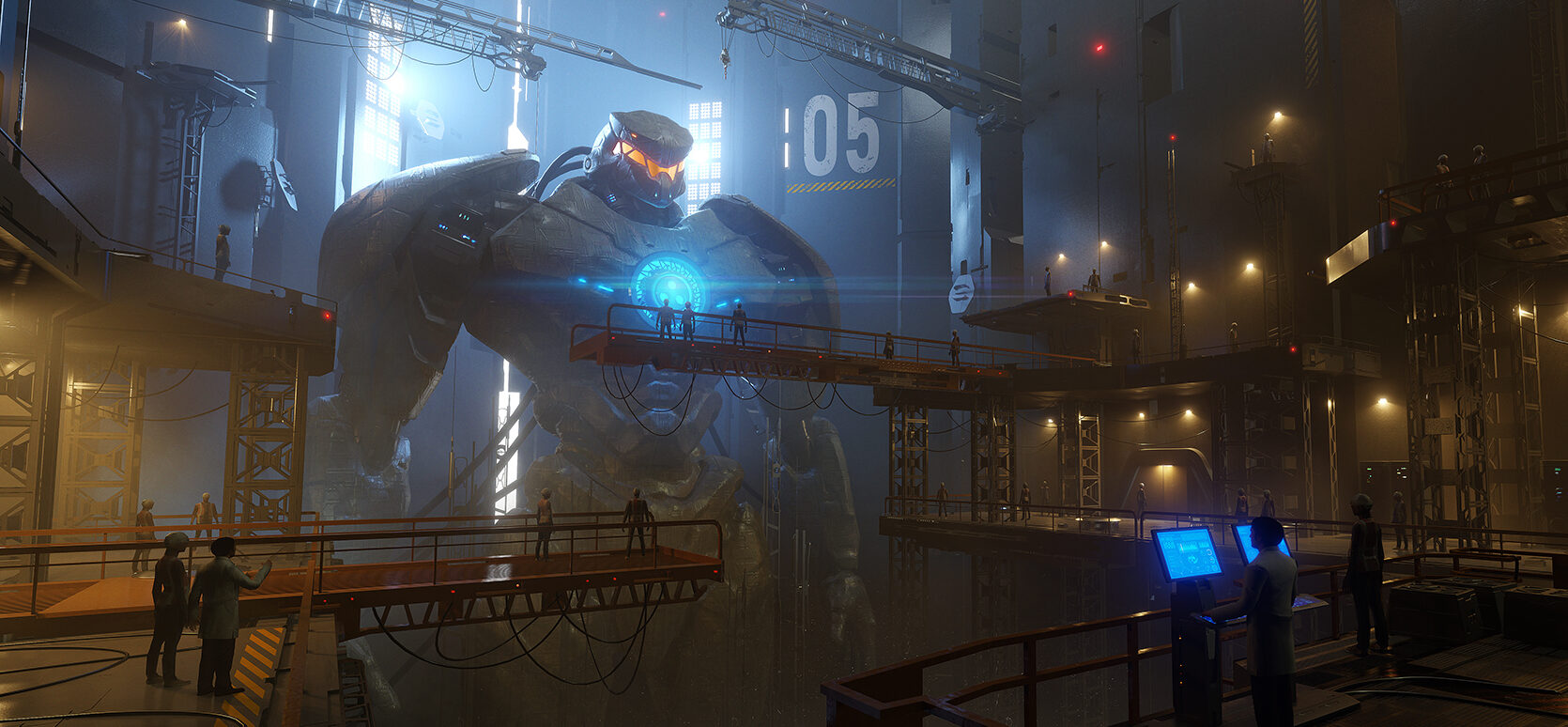Unlocking the Future of 3D and 2D Game Art in Modern Game Development
24 Dec 2024
As game development evolves, so does the artistry behind it. Whether it’s hyper-realistic 3D environments, detailed 3D modeling characters, or concept 2D art, the future of game art is intricately connected to cutting-edge tools and technologies shaping the industry.

Real-Time Rendering and Photorealism
Advancements in real-time rendering are bringing us closer to photorealism in game visuals. Modern engines like Unreal Engine 5 incorporate features such as Lumen for dynamic lighting and Nanite for ultra-detailed assets, without compromising performance. One standout example is the anticipated “Black Myth: Wukong,” where 3D prop designs and intricate textures immerse players in lifelike worlds with breathtaking 3D environments.
Integrating VR and AR with 3D Game Art
The growth of Virtual Reality (VR) and Augmented Reality (AR) has expanded the role of 3D artists and 2D concept artists in creating highly interactive and immersive experiences. Games like “Half-Life: Alyx” demonstrate how 3D art can redefine gameplay by enabling players to physically engage with dynamic 3D environments. As AR continues to blend the real and virtual worlds, concept 2D sketches and 3D props will be key in crafting seamless interactions.
Procedural Generation for Scalable Game Worlds
Using procedural generation techniques, developers can dynamically craft vast, detailed worlds. Instead of individually creating every 3D model, algorithms can generate diverse 3D assets, landscapes, and worlds. The expansive universe of “No Man’s Sky” illustrates how this technology enables scalable 3D environments, providing players with nearly limitless exploration possibilities.
Democratization of 3D Art Tools
The rise of free and open-source software like Blender has made 3D modeling characters and other game assets more accessible to indie developers. This democratization has led to high-quality games created by smaller teams. Studios like Supergiant Games, creators of “Hades,” exemplify how concept 2D art and 3D art can achieve stunning visuals with accessible tools.
2024 and Beyond: A New Horizon for Game Art
As of 2024, 3D art continues to shape the gaming industry, thanks to technologies like real-time ray tracing and Unreal Engine 5. Titles like “Cyberpunk 2077” showcase how hyper-realistic 3D environments enhance storytelling. Looking ahead:
- AI-Powered Tools: Expect a revolution in 3D modeling, enabling faster creation of intricate 3D props, characters, and dynamic 3D environments.
- Sustainability: Developers are increasingly adopting energy-efficient rendering to reduce the carbon footprint of production.
- Enhanced Immersion: Advances in VR/AR will drive deeper integration of 2D concept art and 3D art, creating more immersive game worlds.
Conclusion: A Promising Path for 3D and 2D Game Art
The evolution of 3D art and 2D art is setting the stage for limitless possibilities in game development. Whether through photorealistic 3D environments, stylized 2D concepts, or immersive VR worlds, the future is bright for both artists and developers. These advancements ensure that game art remains a cornerstone of innovative storytelling and captivating experiences.
About Bee8
Bee8 is a leading game art outsourcing studio specializing in 3D modeling characters, 3D props, and immersive 3D environments. Our expertise spans tools like Zbrush, Blender, Maya, Substance Painter, and Unreal Engine, delivering world-class solutions for game developers. Explore our exceptional work here: Hyper-Realistic Modeling and 3D Game Models.
